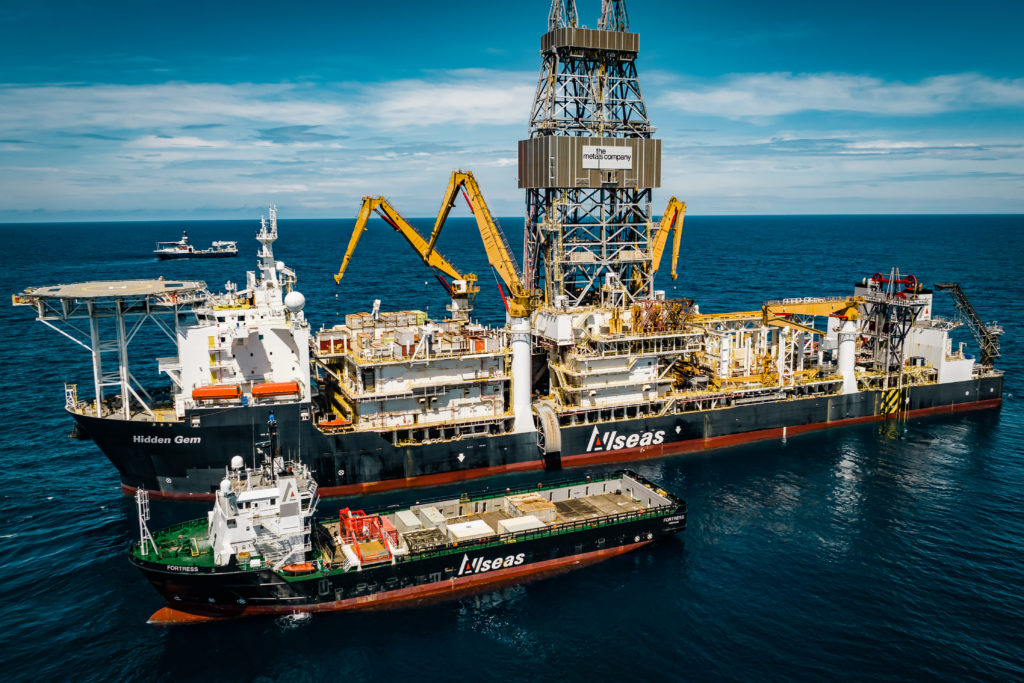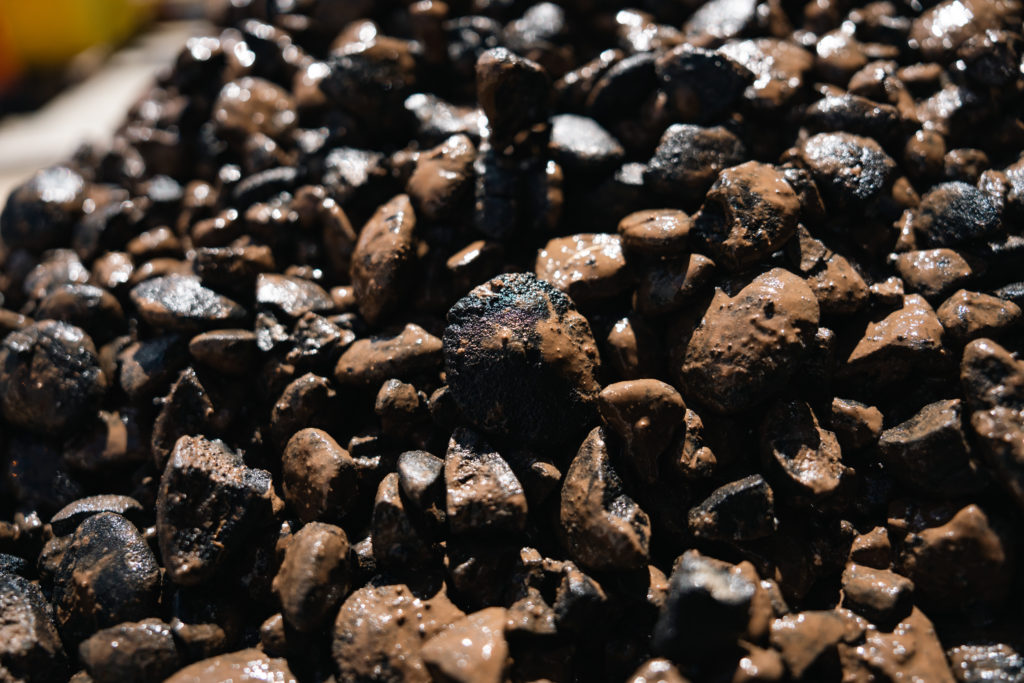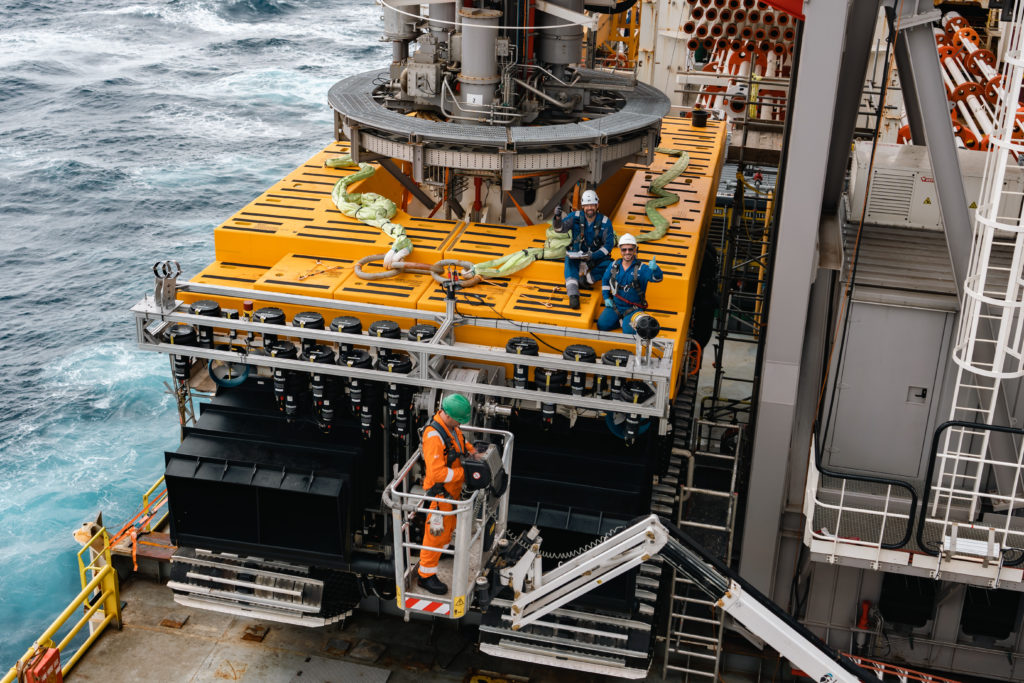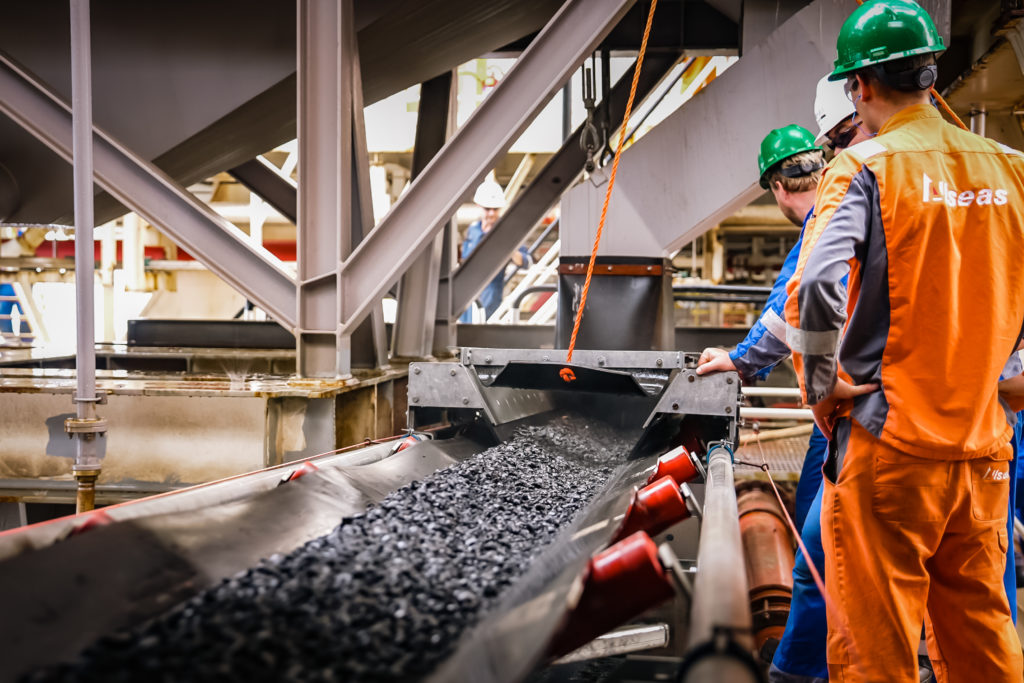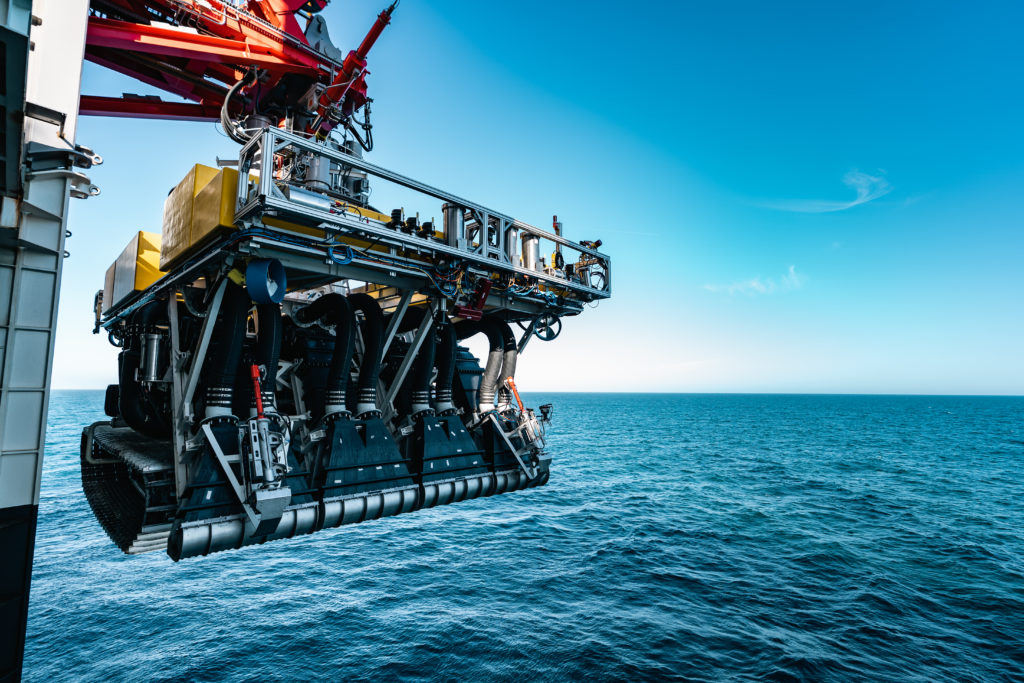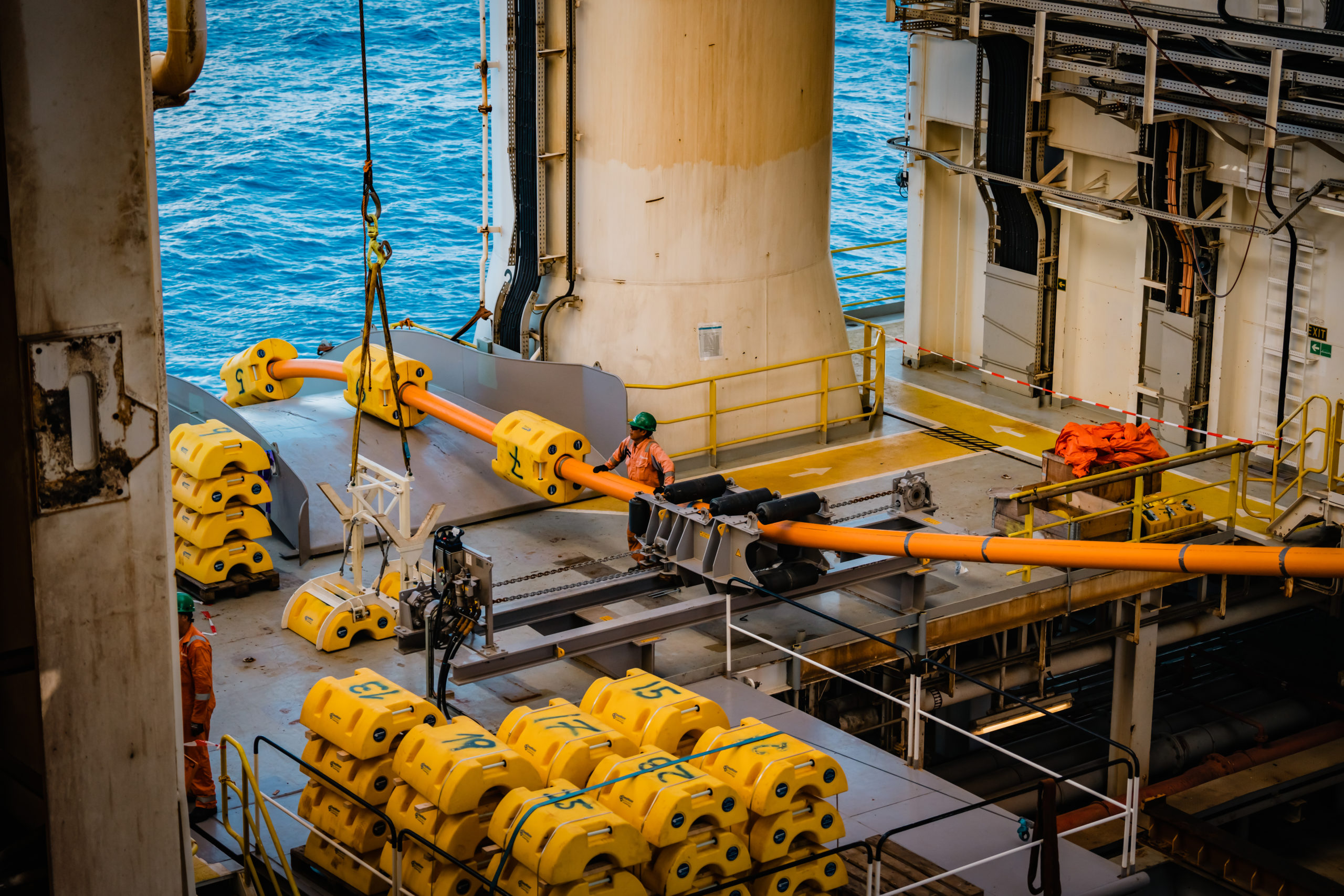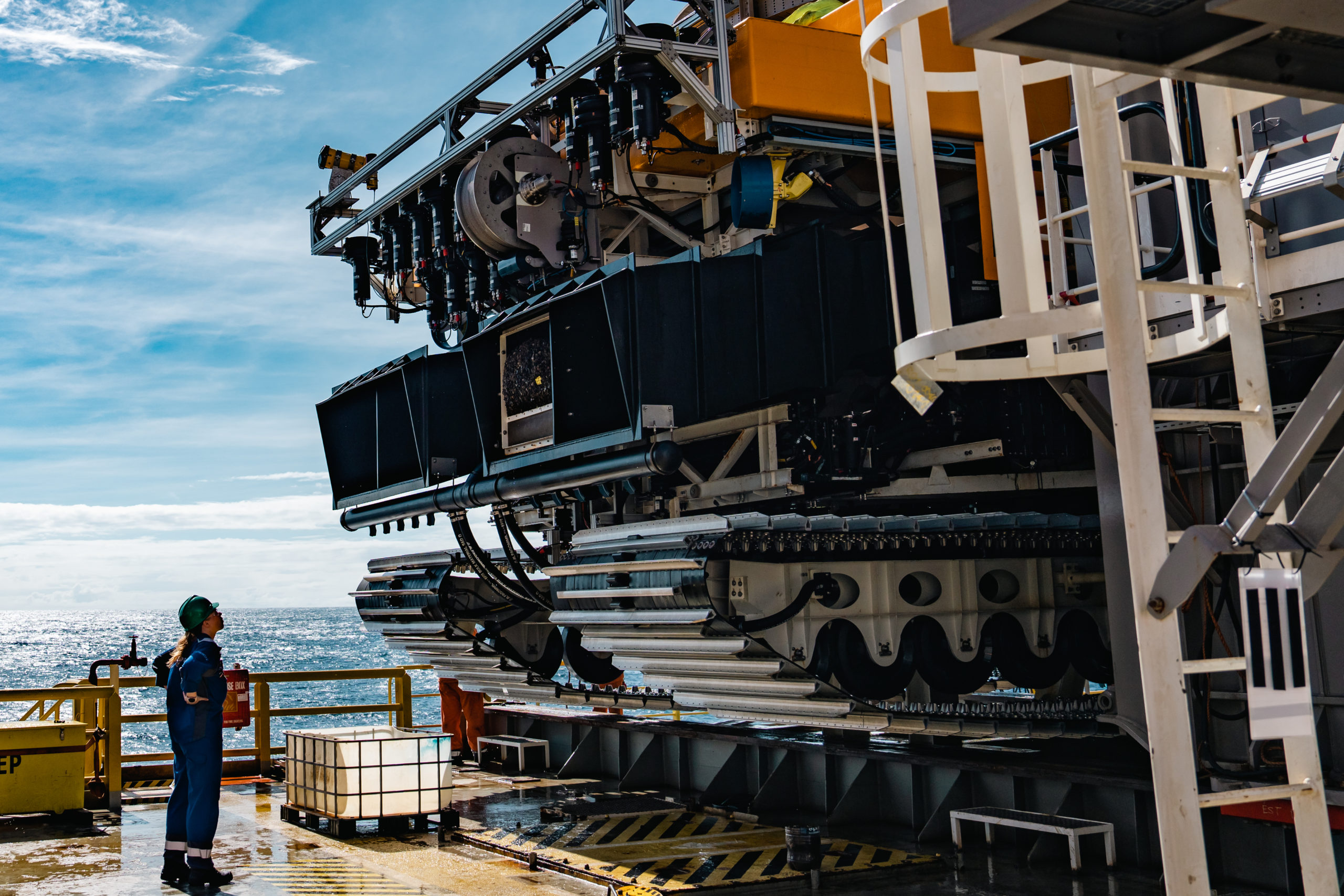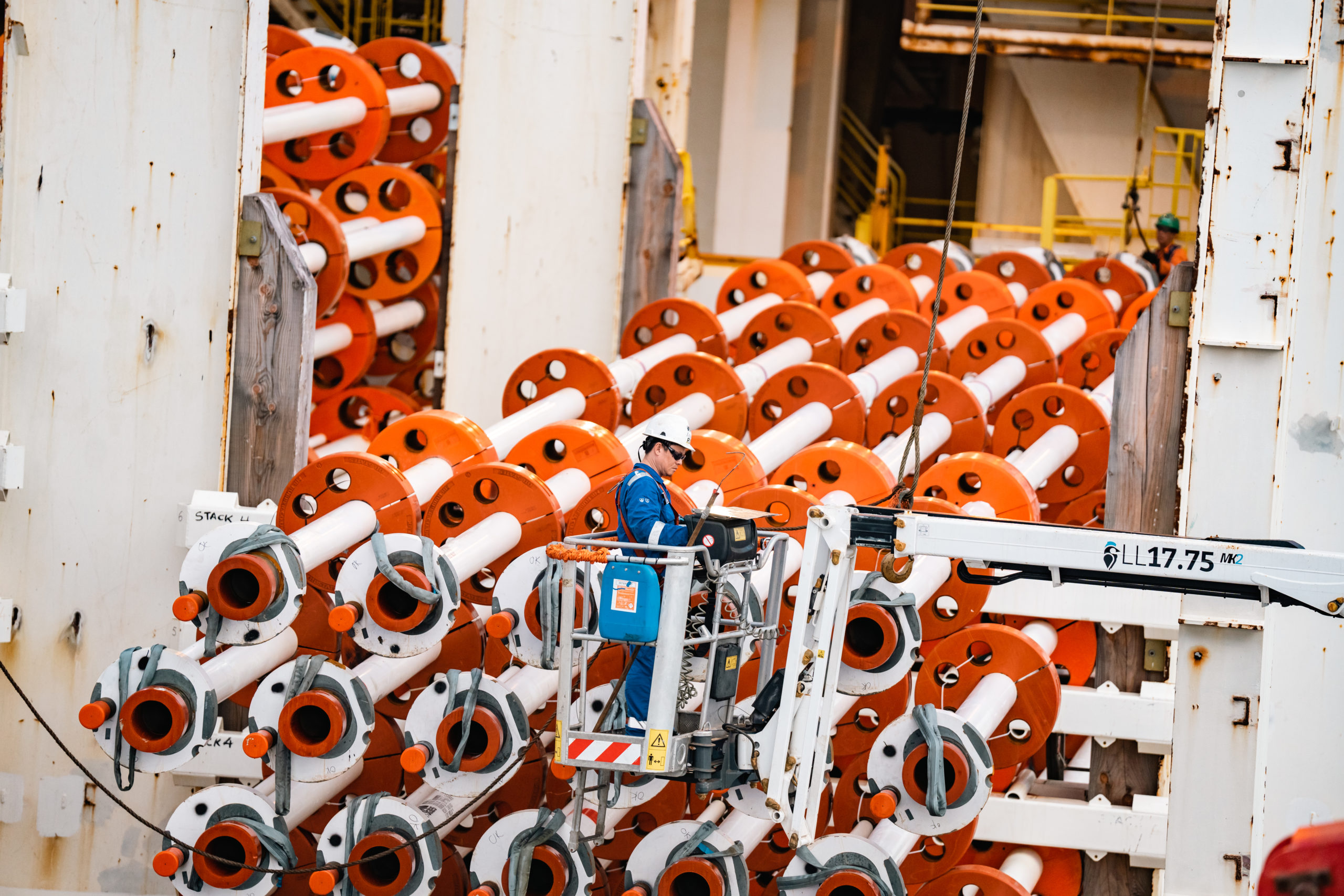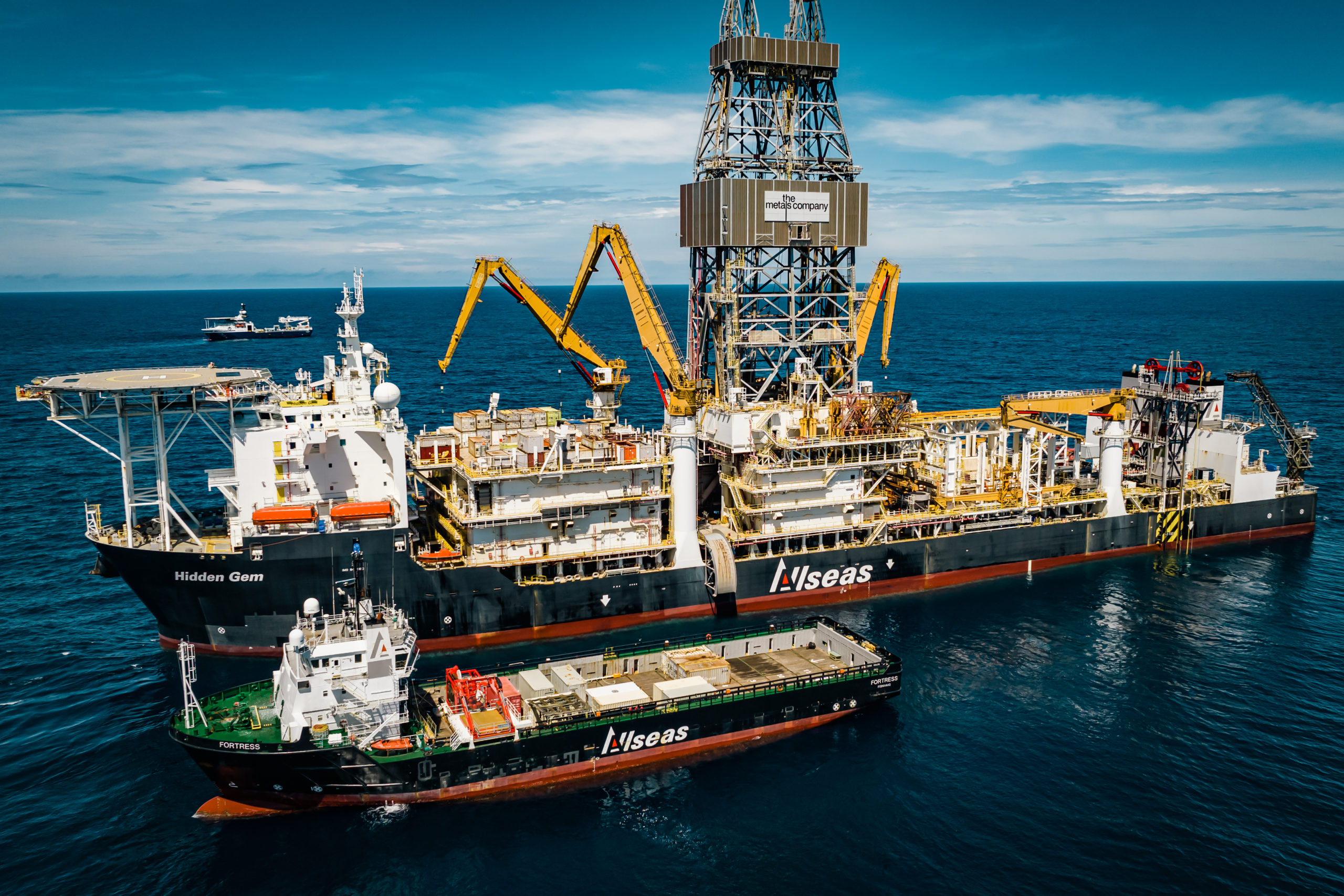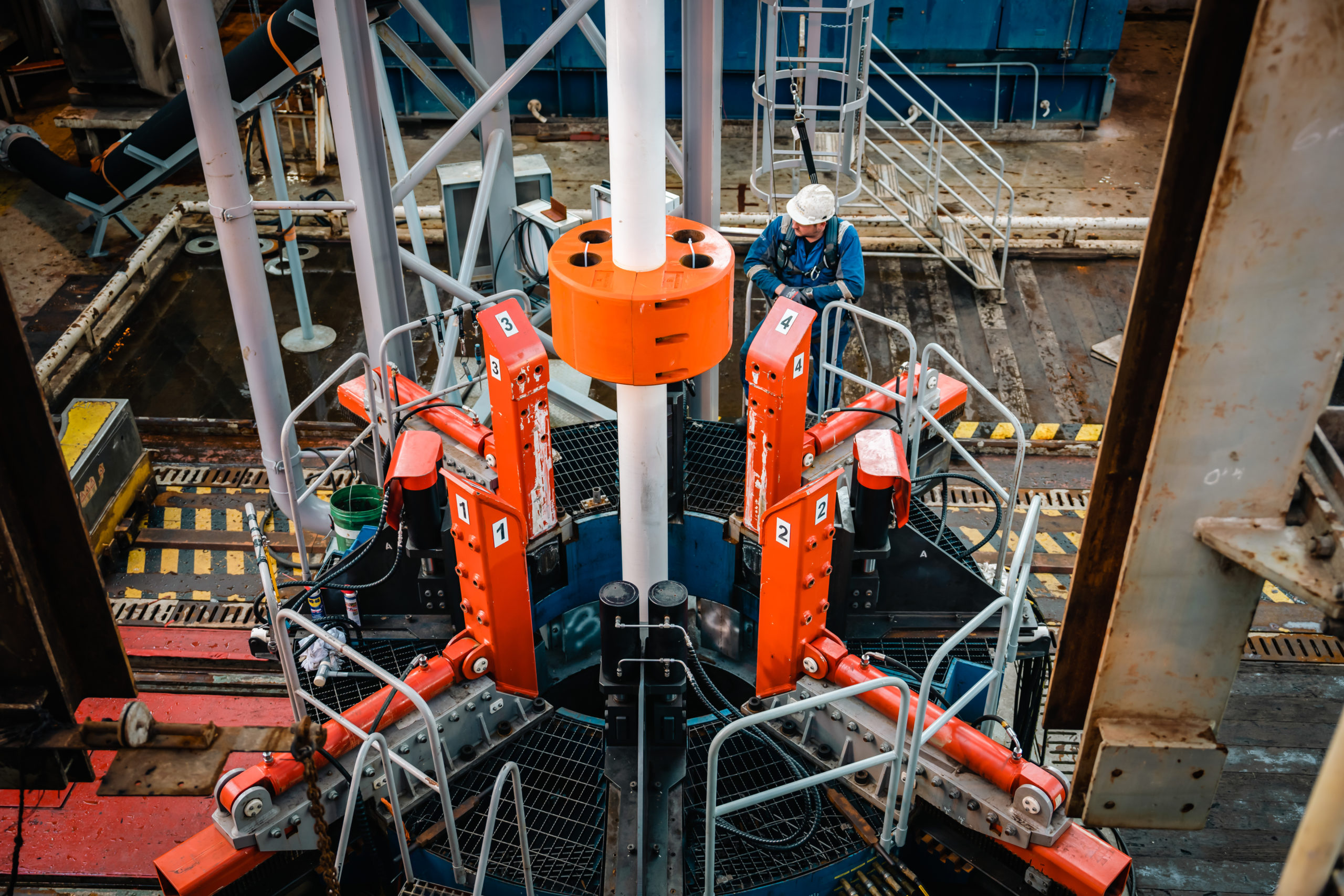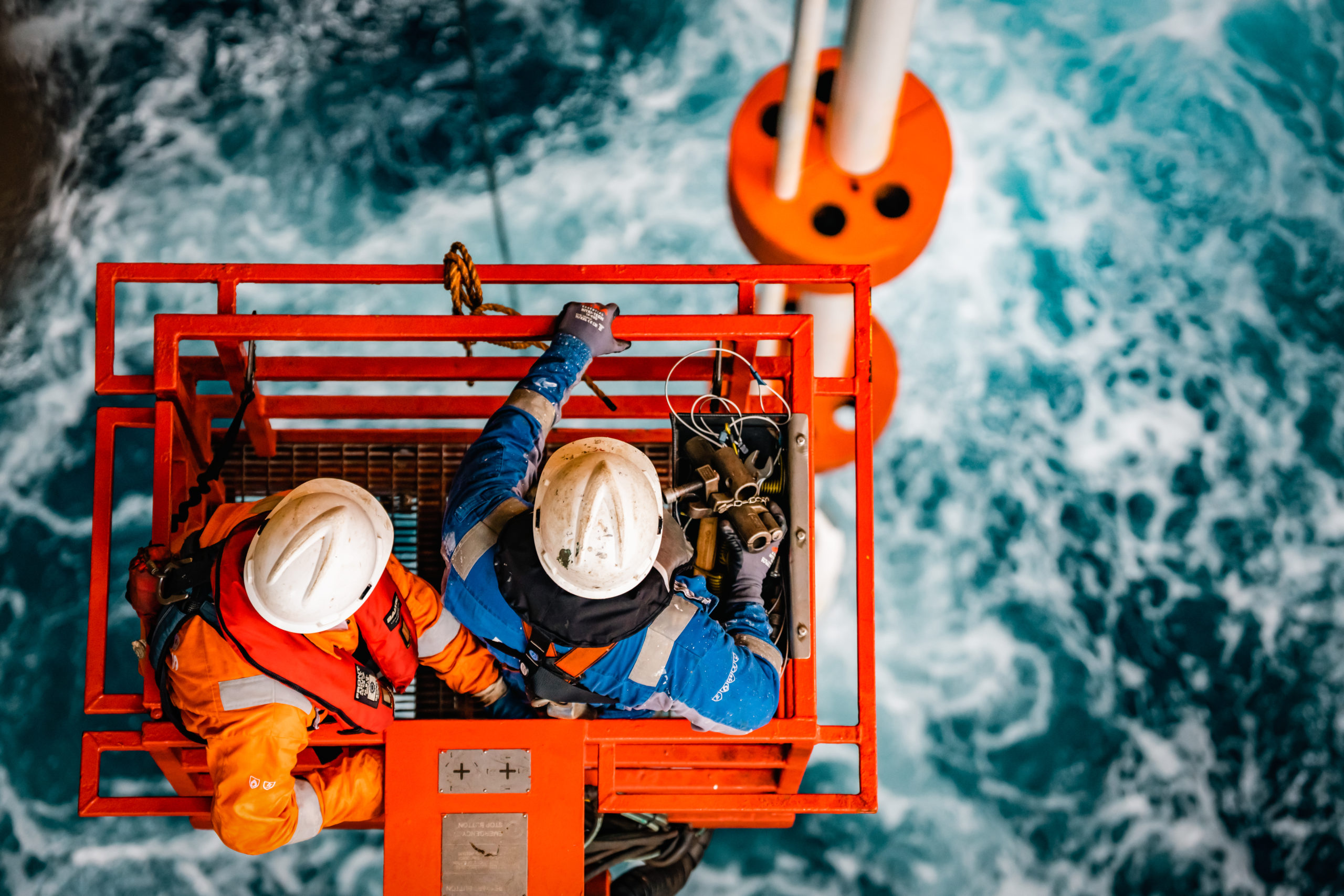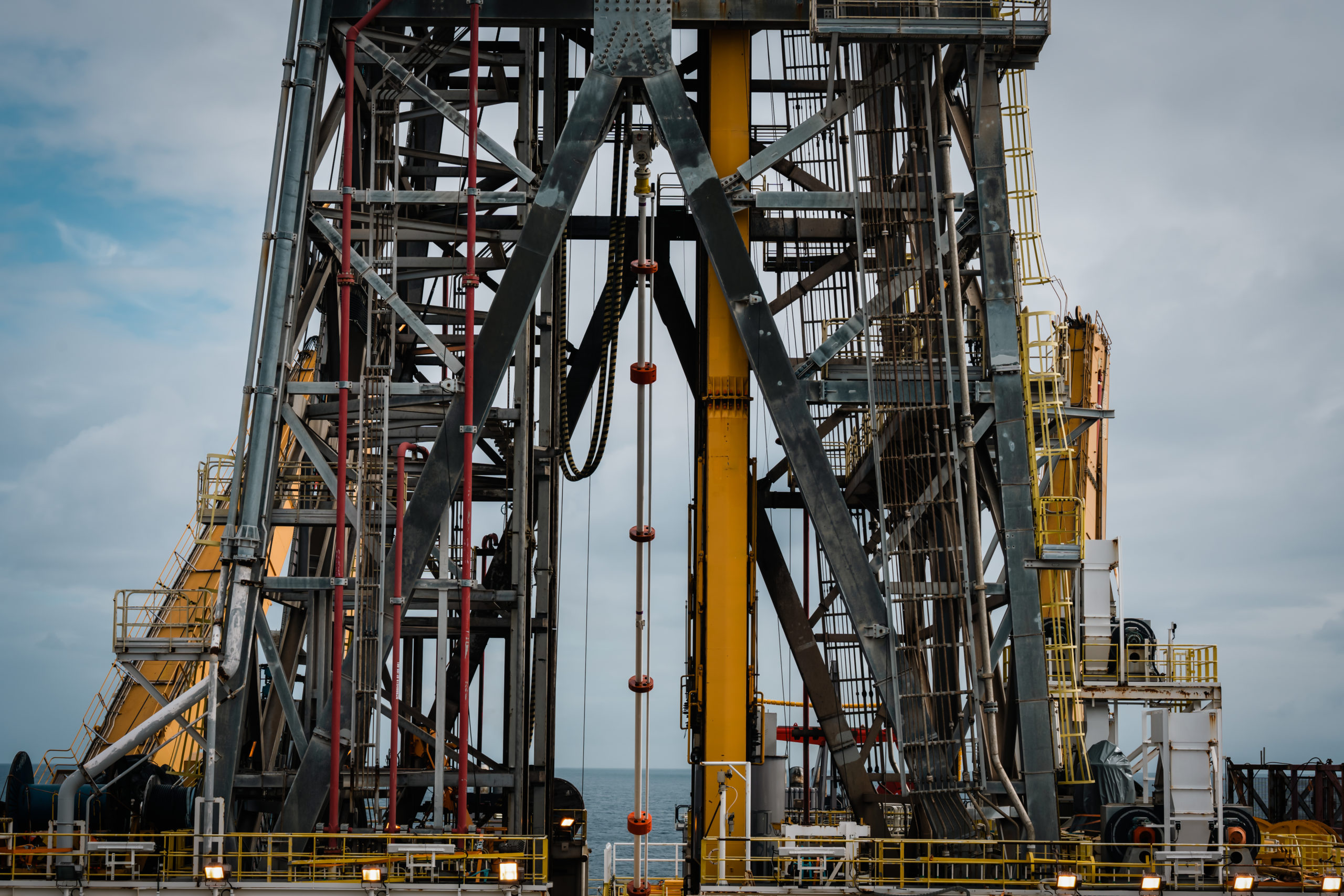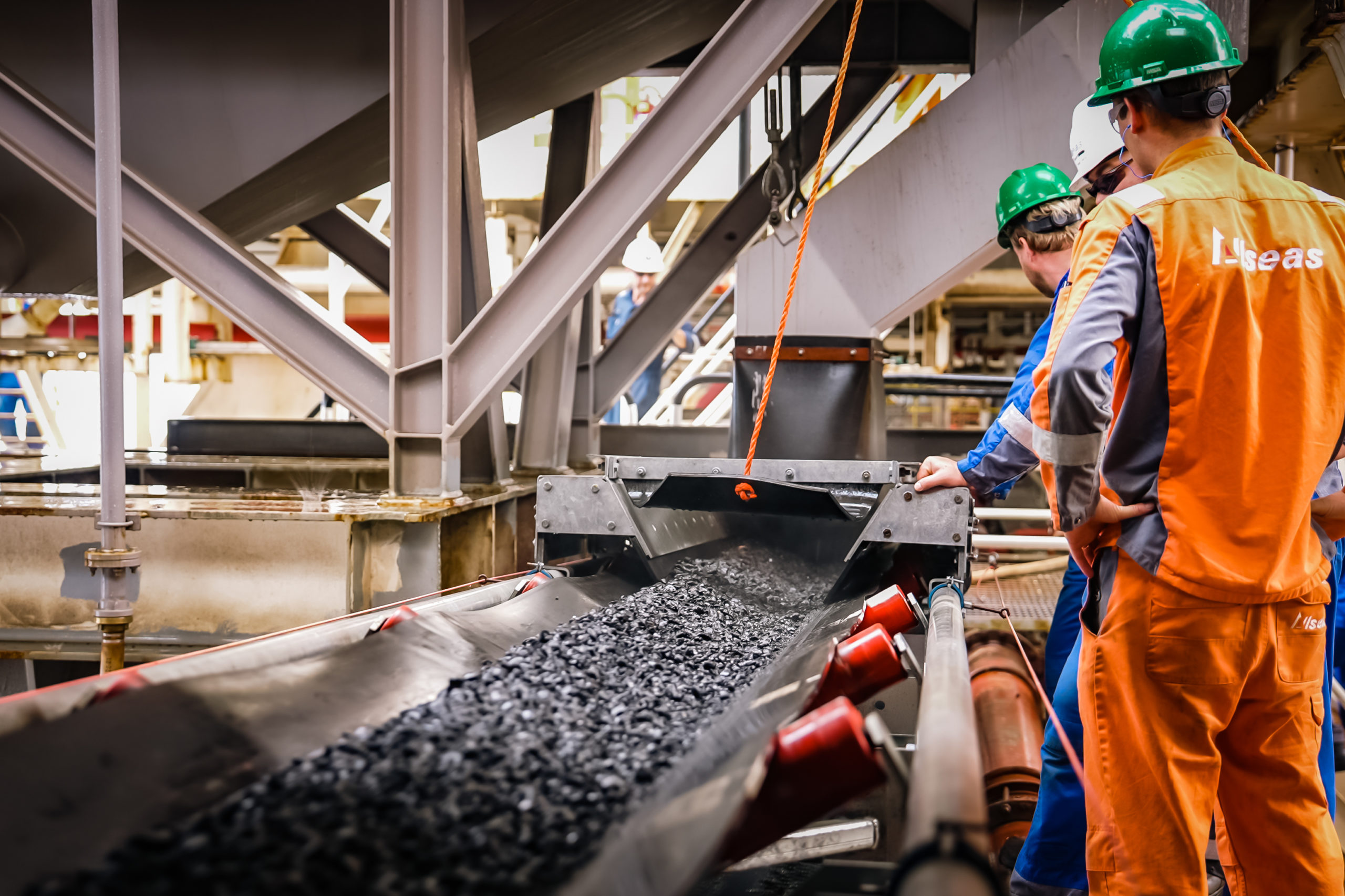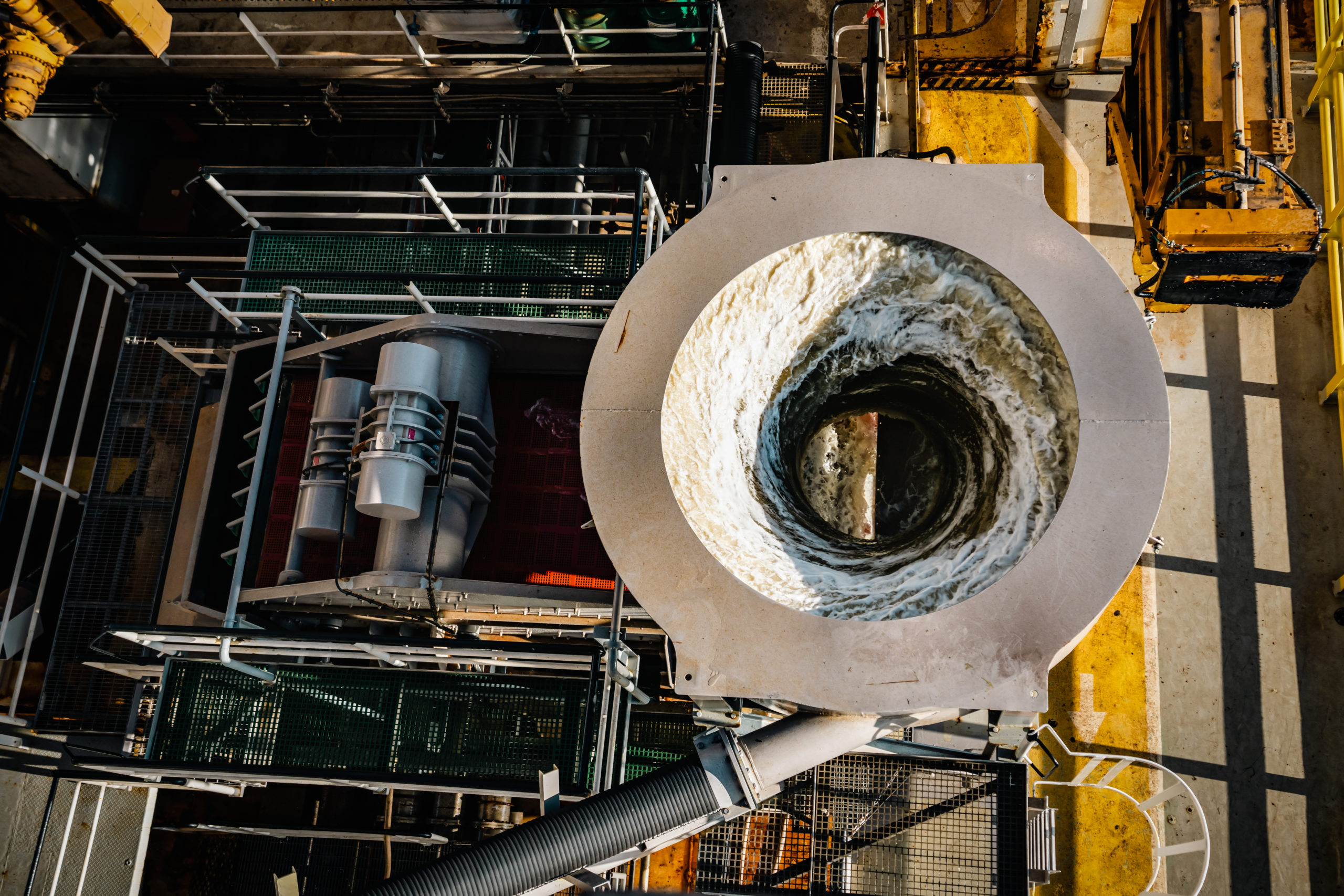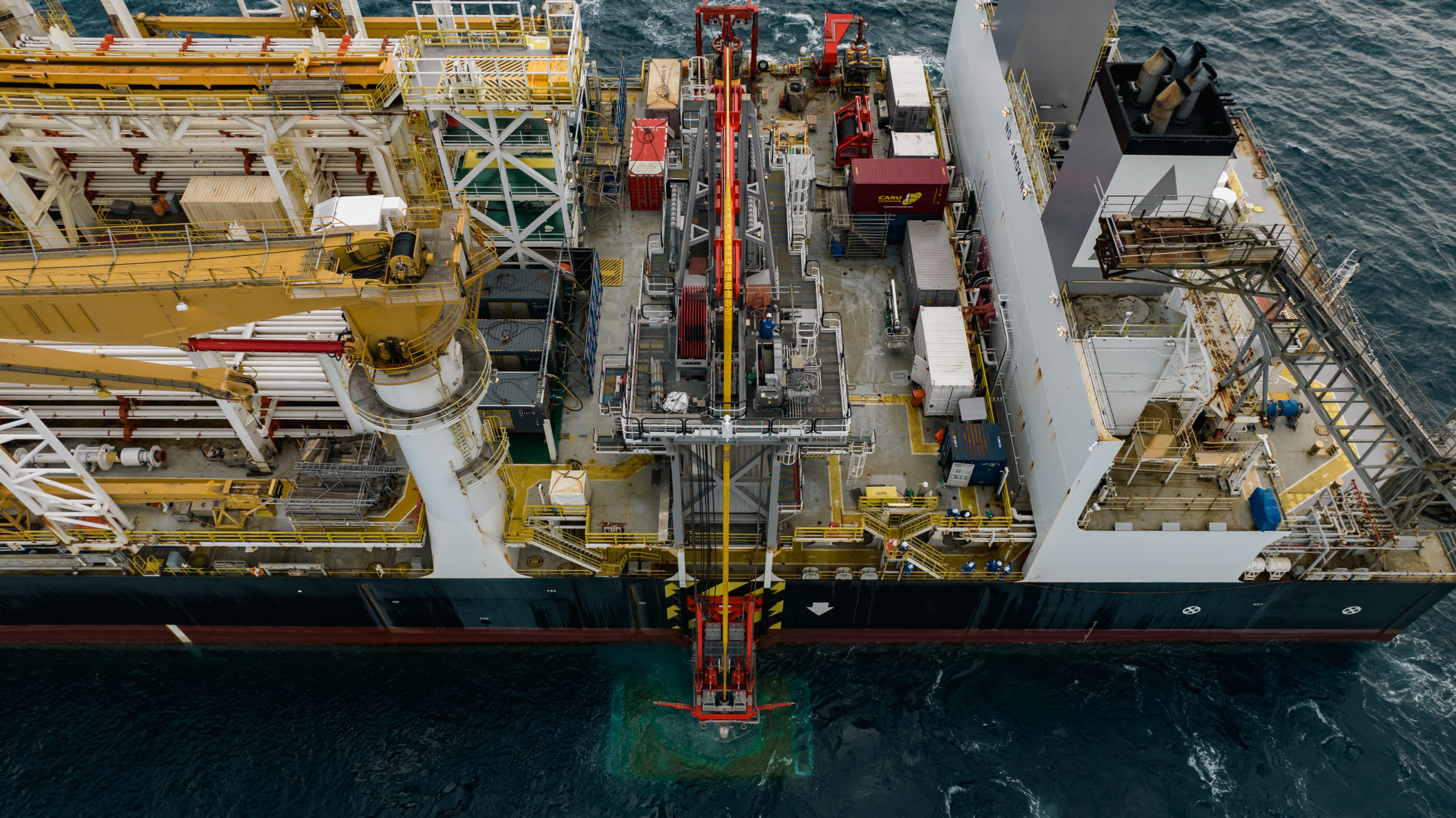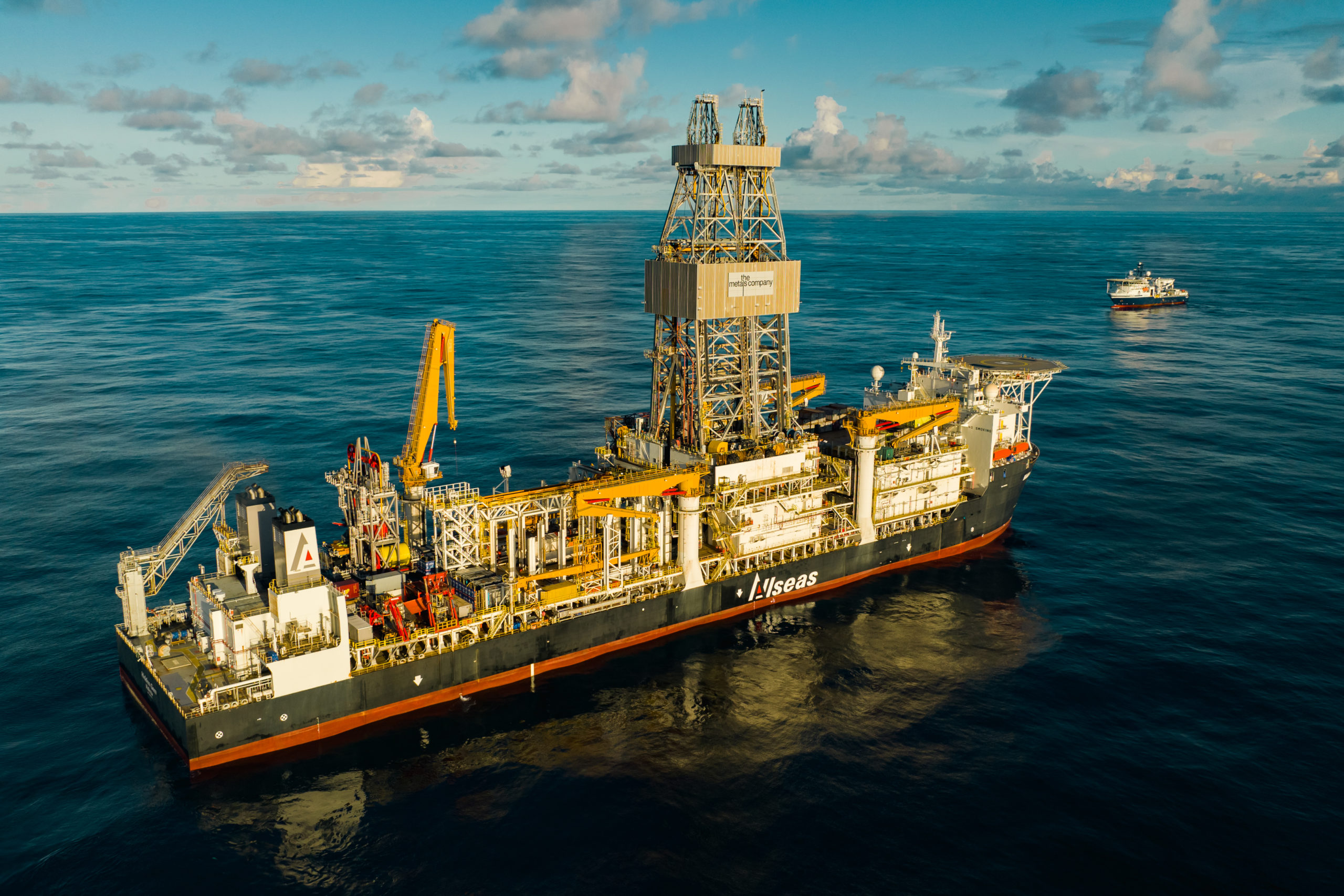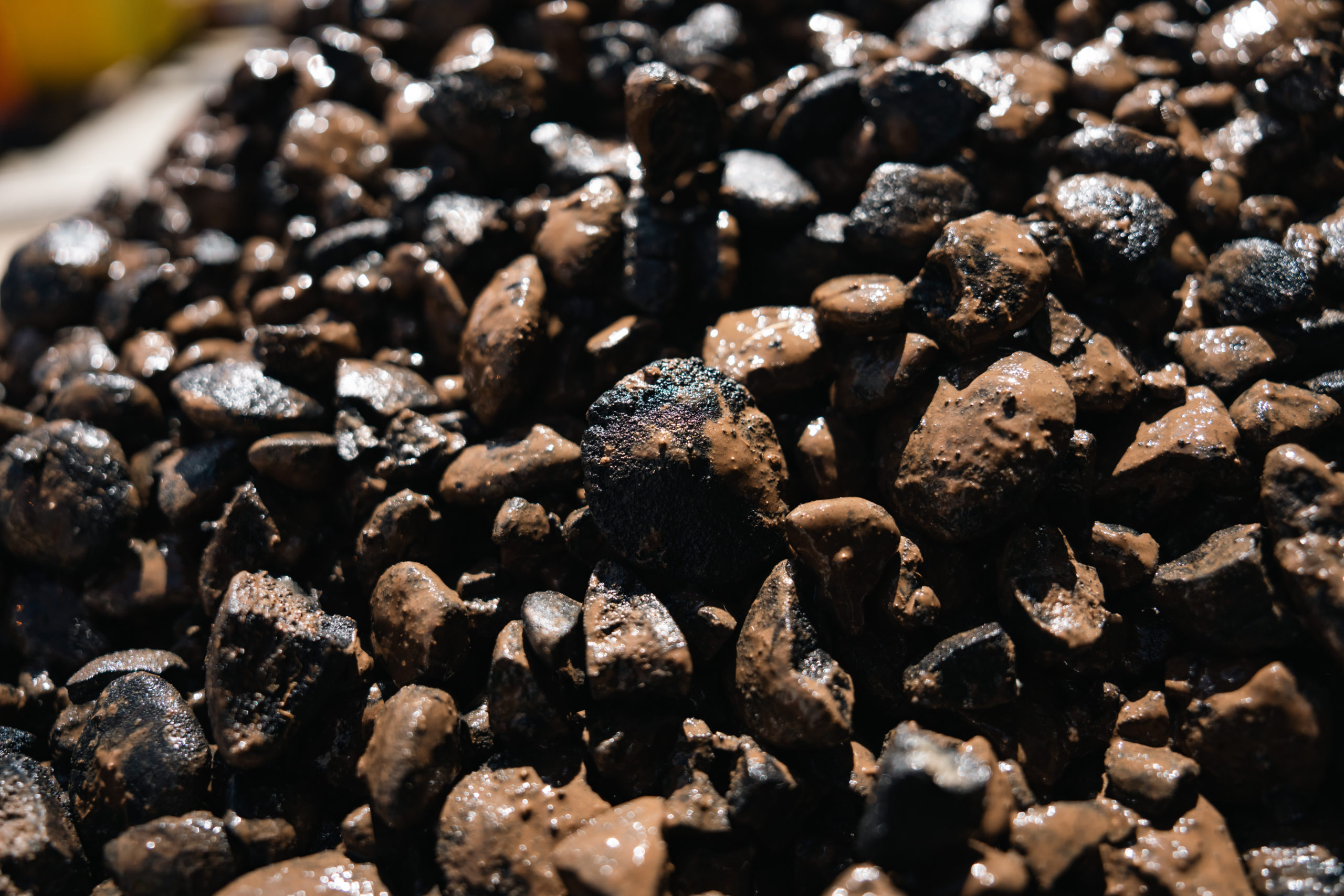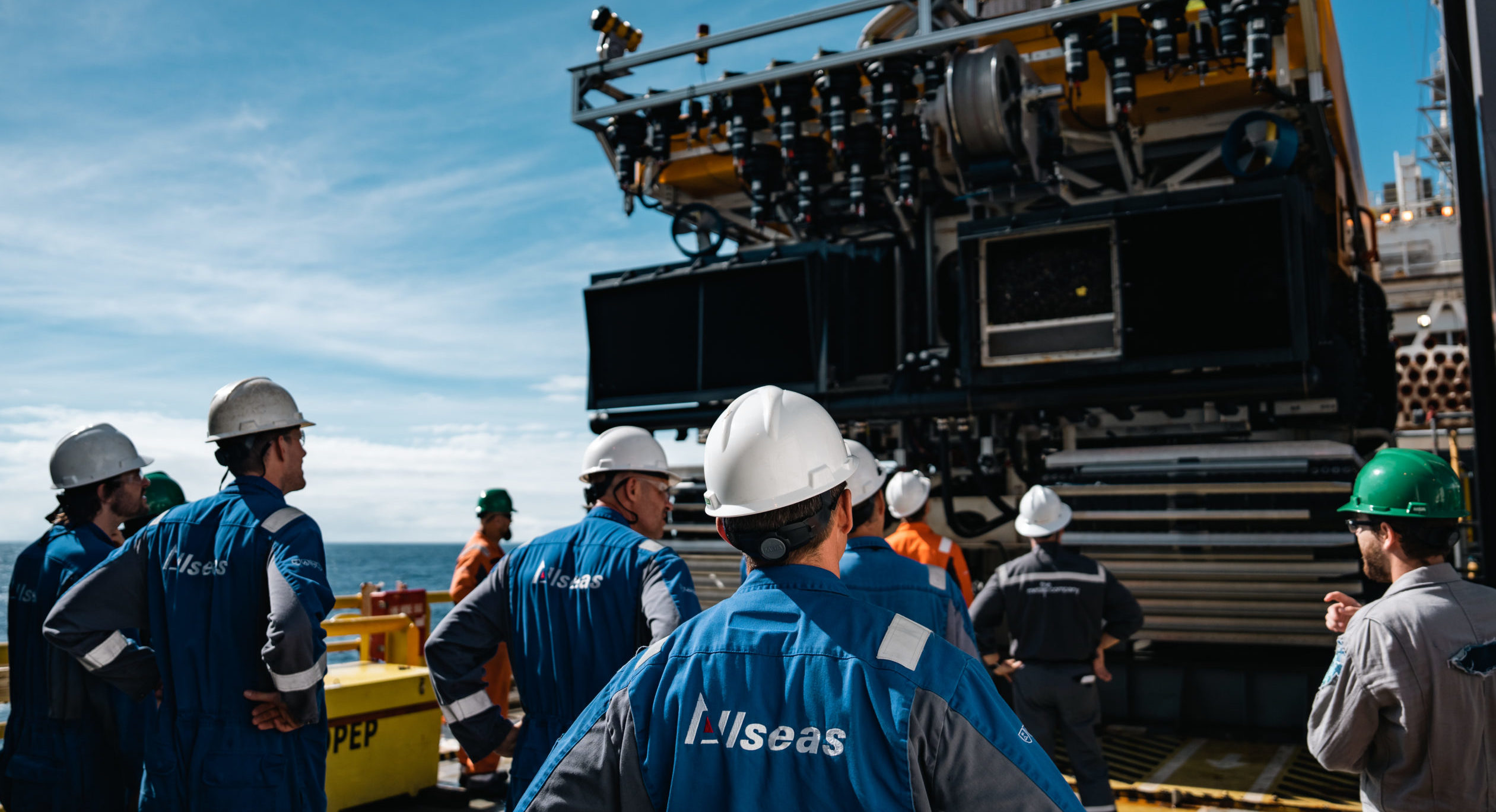Providing the metals needed for the energy mix
We don’t just look at opportunities in current markets, we pioneer the technology that enables future and emerging industries. As the world faces a myriad of challenges in transitioning to clean energy, seafloor polymetallic nodules will help meet massive new demand for EV battery metals while significantly reducing, and in some scenarios eliminating, the solid waste streams typically generated by metal production from land ores.
Vast areas of the deep-ocean floor are covered with mineral-rich resources such as polymetallic nodules. Lying on the seafloor unattached, these nodules contain high grades of manganese, cobalt and nickel – metals required to build batteries for storing renewable energy and powering electric vehicles.
Environmental and social benefits
Production of energy transition metals will need to increase six-fold by 2040 to meet the world’s ambitious climate targets, according to the International Energy Agency. Polymetallic nodules consist of ~100% usable minerals and contain no toxic levels of harmful elements. Producing metals from nodules has the potential to eliminate billions of tonnes of solid waste and toxic tailings produced by terrestrial mining processes.
Based on impact assessment of land ores and ocean nodules, nodule collection and processing can deliver a 70% reduction in CO² equivalent emissions, 90% reduction in SOx and NOx emissions, 100% less solid waste, 94% less land use, 92% less forest use and zero child labour, among other benefits.
Seafloor to shore
We are leveraging our world-renowned deep-water expertise to develop technology to responsibly recover polymetallic nodules from the ocean floor and transfer them 5 km to the surface for transportation to shore for processing.
Together with our strategic partner, The Metals Company (TMC), we are developing the framework of an entire seafloor-to-shore logistics chain, while tackling the complex problem of environmental protection and technology readiness. At the centre of operations is the subsea collection vehicle to collect polymetallic nodules. During pick-up of the nodules, minimal disturbance of the seabed is essential.
During the design phase, priority was given to minimising the movement of seabed sediment and the dispersion of suspended sediment in plumes, caused by the vehicle movement, nodule extraction and water returning from the surface operations.
Unprecedented research
TMC is currently undertaking the world’s largest integrated ocean surface-to-seabed research programme to understand better the deep ocean habitat. Researchers and experts from around the world have joined the programme, and the findings will form the basis of the environmental and social impact assessment (ESIA) for polymetallic nodule collection. We will use the insights gained from this extensive research to optimise our nodule collection system.

